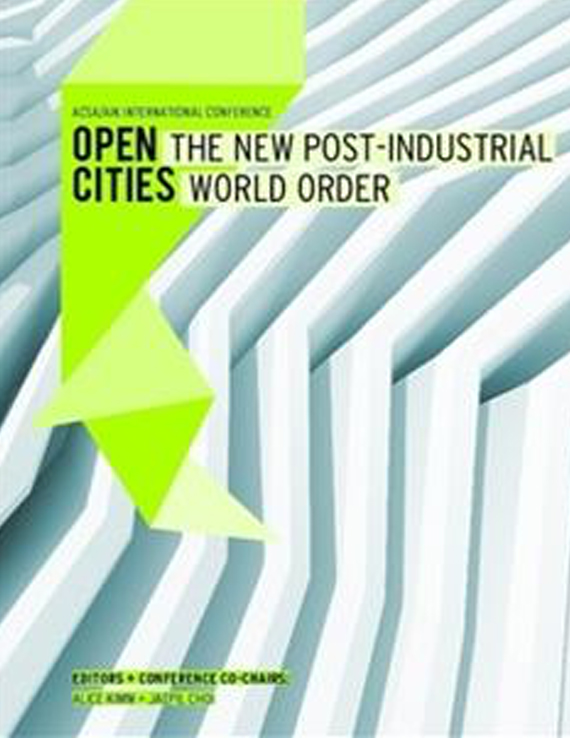Author(s): Mohamed El Amrousi, Paolo Caratelli & Sadeka Shakour
Dubai’s hosting of the 2020 Expo further authenticates its status as an example ofan emerging post-postmodern Arab city that is heavily founded on fragmented urban-scapes, enclosed enclaves shaped by an architectural fabric of the spectacle.A dreamscape for many, it represents a revival of the ‘No-Stop-City’, as highlightedby the Italian group of architects Archizoom Associati in the late 1960’s, a citywhere the customary practice of mass-commoditization and consumption reachesits pinnacle. Dubai’s themed mega malls such as Wafi City Center, Ibn BattutaMall and Dubai Mall are further complemented by its ‘Global Village’ that profligatesthe consumption of culture and commodity within theatrical backdrops thatattract millions of visitors. The hyper-reality of Dubai’s spaces and facsimiles ofChinese Pagoda’s, Pyramid’s, Parthenon’s and Babylonian Gates constantly revisitand reinvent the Exposition Universelle and a Display of the Orient as outlined byZenep Celik within a contemporary context. (Celik, 1992). Dubai represents partof a network of cities that have adopted integral parts of the globalization processsuch as shared interdependency global imaginary and iconic projects. (King 2004)A post /non-industrial city that managed to survive the 2008 economic crises andretain its vivid image through its towering Burj Khalifa, artificial Palm Island(s) andBurj Al-Arab, all of which made international headlines through their lavish displayof fireworks in celebration of the 2014 New Year ’s Eve and acquisition of the 2020Expo. The 2020 Expo is expected to reinforce the image of Dubai as a city of hybridarchitectures and new urbanism, marked by technologically advanced infrastructuralsystems. However, there is more to Dubai than signboards and hyper-realimagery, as highlighted by Florentine group ‘Superstudio’, Dubai probably representsthe closest realization of the utopian manifestations of Super-Modernism,a living proof of a contemporary revival of a post-modernist dream, a promise ofbetter living for its expatriate community(s) through its gated dreamscapes thatcreate an all inclusive luxury at an affordable cost for a new generation of transientglobalized bourgeoisie. This promise is further accentuated via miniatureurbanscapesin Dubai’s annual expositions such as INDEX-the International InteriorDesign Exhibition, and ‘CityScape’. This research revisits Dubai’s spaces of exhibitionsnot only as spaces of consumption but as holistic urban enclaves of plurality,heterogeneity and complexity shaped by global agendas. This paper studiesDubai’s themed shopping-scapes such as its Mega Malls, Global Village, INDEX andCityScape exhibitions as forms of realization of the ‘No-Stop City’ advocated byArchizoom Associati, and the power of these exhibitions in shaping Dubai’s architectureand collective memory and cultural identity.
Volume Editors
Alice Kimm & Jaepil Choi
ISBN
978-0-935502-91-6

 Study Architecture
Study Architecture  ProPEL
ProPEL 
